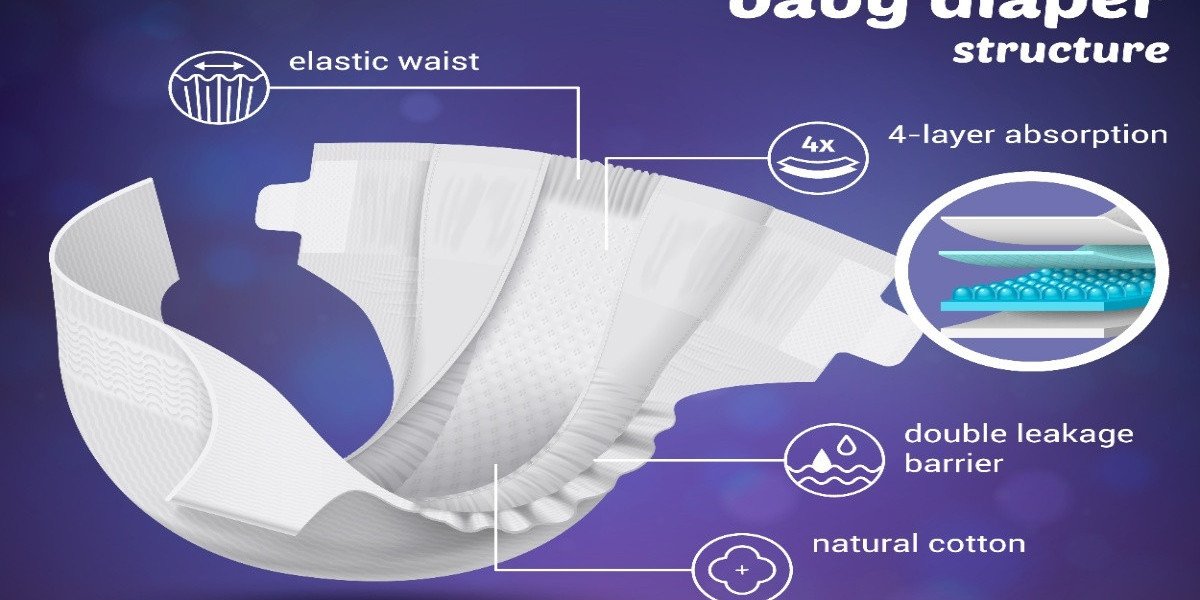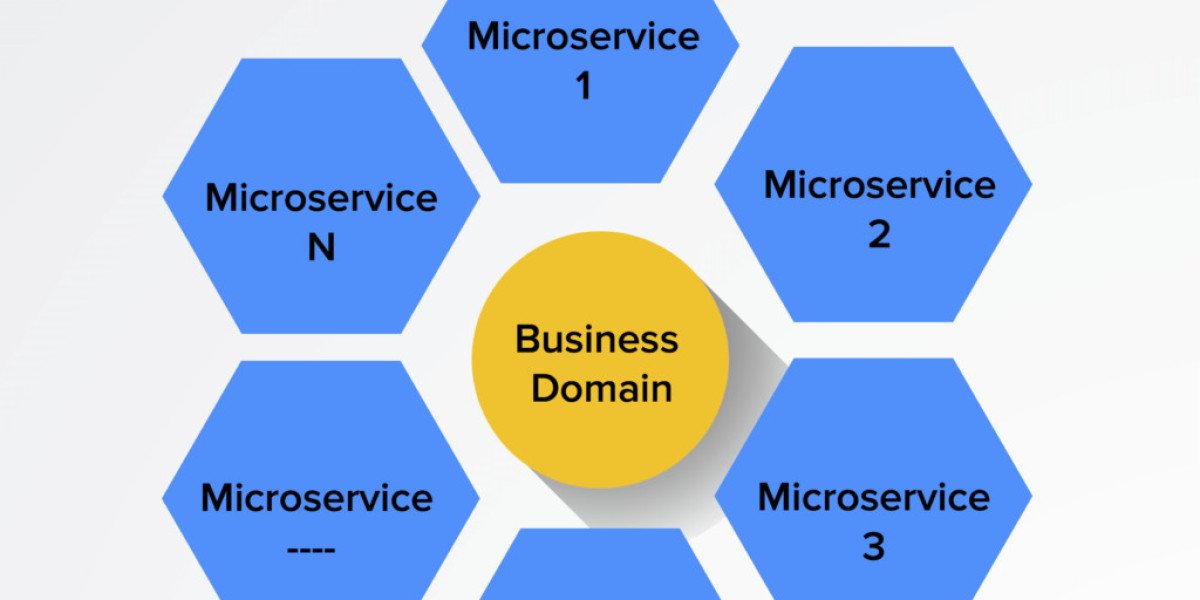Baby Nappies 101: A New Parent’s Simple Guide to Diapering
Welcoming a newborn into your life brings lots of joy—and a lot of diaper changes! Whether you're a first-time parent or adding another baby to the family, choosing and using the right baby nappies (another word for diapers) is a big part of daily life.
In this beginner-friendly guide, we’ll walk you through the basics of baby nappies, the different types available, how to use them properly, and tips for keeping your baby clean, dry, and happy.
What Are Baby Nappies?
Baby nappies are soft, absorbent coverings that are worn by infants to catch pee and poop. They help keep your baby’s bottom dry, prevent messes, and reduce the risk of skin irritation. Most babies wear nappies from birth until they’re potty trained—often around age two or three.
There are two main types of nappies available today: disposable nappies and reusable nappies. Each has its benefits, and many parents even use a mix of both depending on the situation.
Baby Nappies Types
1. Disposable Nappies
They are the most common nappies especially in the whole world. They are designed to be disposable. They also have most with several layers that draw moisture away hence preventing rashes.
Reasons why parents love them:
Easy to use on the go and hectic days
Simple to wear and remove
Super absorbent- excellent Overnight use
Points to remember:
May prove to be costly in the long run
Not environment friendly as they generate wastes
Others have chemicals that can cause irritations to the sensitive skin
2. Reusable Baby Nappies
These are also known as cloth nappies and they can be washed and reused. They are created using soft materials such as cotton, bamboo or hemp. The modern day cloth nappies are very easy to use as compared to their older counterparts and usually have snap buttons or velcro.
Reasons why parents pick them:
More eco-friendly
Save money in long-term
All natural ingredients, soft on the baby skin.
Considerations:
They will require you to clean them on a regular basis
Requires more time to be changed, particularly away from
Higher initial outlay on purchase of a complete set
Baby Nappies Usage
Proper use of nappies can really help in ensuring the comfort and health of your baby. Here is what you should do instead:
Nappy Change Step-by-Step:
Clean hands prior to beginning.
Place your baby on a flat clean surface.
Unfold the soiled nappy and grab your baby legs carefully.
Clean your baby bottom with soft wipes or a wet piece of cloth.
Allow skin to air dry or blot dry with a towel.
Put on barrier cream, as required (when your baby has diaper rash).
Put a fresh nappy between your baby and fasten it firmly-not too tightly.
Repeat washing hands.
How frequently do you need to Change Nappies?
With newborns, you can anticipate changing nappies 8-12 times in a day. This number can reduce as your baby grows. When nappies are wet or dirty, it is important to change them as fast as possible to avoid rashes and infections.
Discovering the Most Appropriate Diapers to Use on Newborns
When buying the most suitable diapers for newborns, pay attention to the sensitivity of your baby’s skin as well as your everyday routine and budget.
Important Elements to Consider:
Delicate newborn skin needs soft inner lining
Firm leak guards to prevent messes.
Outer layer that is breathable to keep the skin cool
Wetness indicator line (handy new parents feature)
Elastic waistband to fit comfortably tight
Do not feel bad to use some different brands at first to find the best one that suits your baby. There are those babies whose skin would react in the form of rashes when using a certain brand yet they would be fine when using a different brand.
Treating Diaper Rash
Diaper rash is normal, particularly during the initial few months. It appears as red raw skin on the bottom of your baby.
How to Prevent It:
Frequent change of nappies
Fragrance free wipes
Allow your baby to skip diaper during some few minutes daily
Put diaper cream or ointment on regularly
Select absorbent nappies that do not retain heat
You should contact your pediatrician if the rash fails to improve in a few days or it happens to worsen.
Green Nappy Hints
Wish to make the diapering a little more eco-friendly? Some simple ways are as follows:
Use reusable baby nappies at home and use disposable only when on transit
Select nappies that have biodegradable material
Shun products that are over-packaged
Cloth nappies using environmental friendly detergents.
These little efforts may seem insignificant but they can collectively amount to a lot to the environment.
Final Thoughts
Selecting and utilising baby nappies does not have to be a chore. Choose disposable ones to make your life easier or reusable cloth nappies to be more environmentally friendly, but the most important thing is to make sure that your baby is comfortable, dry, and clean.
Babies are all unique and what suits one family is not necessarily what would suit another. There is no harm in trying out different things and seeing what suits you. Diapering is a relatively minor aspect of parenting, yet a major concern in the well being and comfort of your baby.








